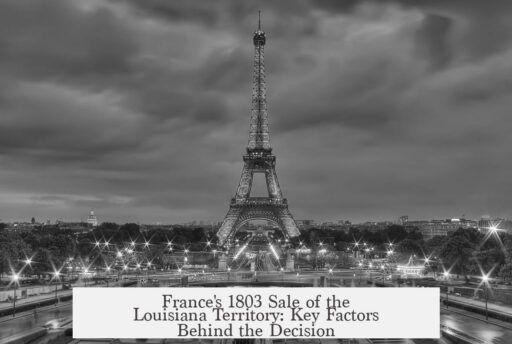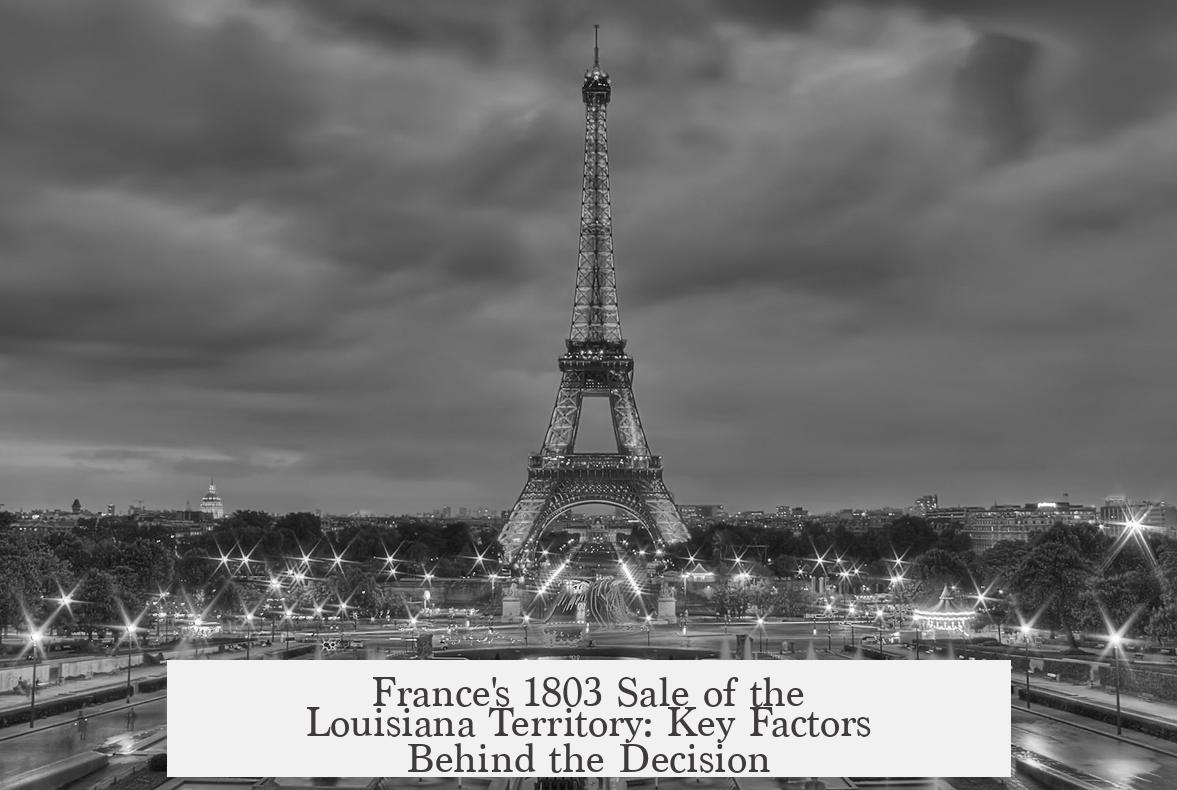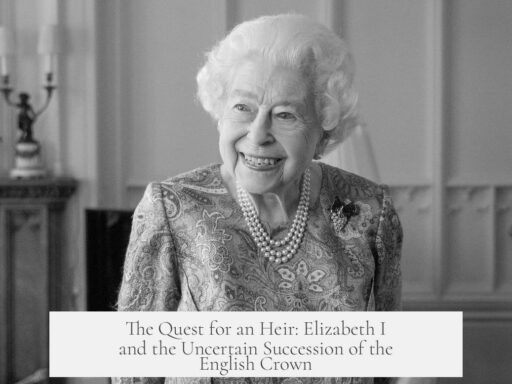France sold the Louisiana Territory to the U.S. in 1803 primarily because it could not defend or maintain the vast land, faced financial pressures from ongoing wars, and lost a vital Caribbean colony that impacted the territory’s value. Napoleon Bonaparte’s strategic and financial concerns made the sale a practical decision amid his focus on European conflicts.
First, France’s ability to control and defend Louisiana was severely limited. Though France regained Louisiana from Spain, it never fully established firm control over the region. The territory was geographically remote and challenging to manage. Napoleon’s losses in Saint-Domingue (present-day Haiti) weakened France’s presence in the Americas. French troops in the Caribbean suffered devastating casualties from yellow fever, further diminishing France’s capacity to maintain its New World holdings.
Napoleon faced a particularly strong British naval presence in the Caribbean and North America. The Royal Navy blockaded French ports and constantly threatened French naval forces. Without a strong navy, France could not protect Louisiana against British or American military actions. Napoleon feared the British would seize Louisiana if France kept it, potentially strengthening British power in North America.
Given these vulnerabilities, Napoleon preferred selling Louisiana to the United States, a country less likely to ally with Britain and more capable of defending the territory against British encroachment. This also meant France avoided direct involvement in a potential war in North America during a time when it was engaged in large-scale conflicts in Europe.
Financial needs played a critical role in the decision. The Napoleonic Wars strained France’s resources. Napoleon required significant funds to support military campaigns across Europe, especially to sustain his ambitions against Britain. He planned to invade England but needed cash to build and maintain armies. Selling Louisiana provided immediate capital. The $15 million purchase price by the U.S. proved a bargain for them but represented essential war funding for France.
Additionally, the loss of Saint-Domingue diminished Louisiana’s economic and strategic value for France. Saint-Domingue was the most profitable French colony due to its sugar plantations. It was also integral to France’s plans to supply slaves and maintain economic ties in the Americas. The Haitian Revolution, resulting in a successful slave revolt by 1804, deprived France of this wealth. Without a thriving Caribbean colony, Louisiana had less significance as an economic asset.
Napoleon’s inability to re-establish French rule in Haiti, due to the revolt and disease challenges, was decisive. Louisiana’s value as a supply and expansion base depended heavily on the success of the Caribbean colonies. With Saint-Domingue lost, holding Louisiana became less worthwhile, especially when weighed against the costs of defense and administration.
| Reason | Details |
|---|---|
| Strategic Limitations | France could not defend remote Louisiana against British or American attack; weak naval power and military resources. |
| Financial Pressures | Napoleon needed money for European wars; selling Louisiana provided urgent funds for military campaigns. |
| Loss of Haiti | Loss of Caribbean colony reduced Louisiana’s economic value; slave revolt ended French revenue from sugar plantations. |
The sale also aligned with France’s broader priorities, focusing on survival and dominance in Europe rather than maintaining far-flung territories. Napoleon’s ambition did not extend to investing heavily in an overseas colony that lacked immediate benefit and was vulnerable to enemy action.
For the United States, the Louisiana Purchase was transformative. It doubled the size of the country, providing vast lands for expansion. For France, it was a pragmatic withdrawal, avoiding costly conflict and securing funds for its continental ambitions.
- France lacked resources to defend and manage Louisiana after losing Haiti.
- Napoleon needed funds for ongoing wars in Europe, making a land sale financially sound.
- The loss of Saint-Domingue eliminated Louisiana’s strategic and economic value.
- Fear of British takeover motivated selling to the U.S., a friendly power.
- The sale helped Napoleon focus on European dominance rather than distant colonies.
Why Did France Sell the Louisiana Territory to the U.S. in 1803?
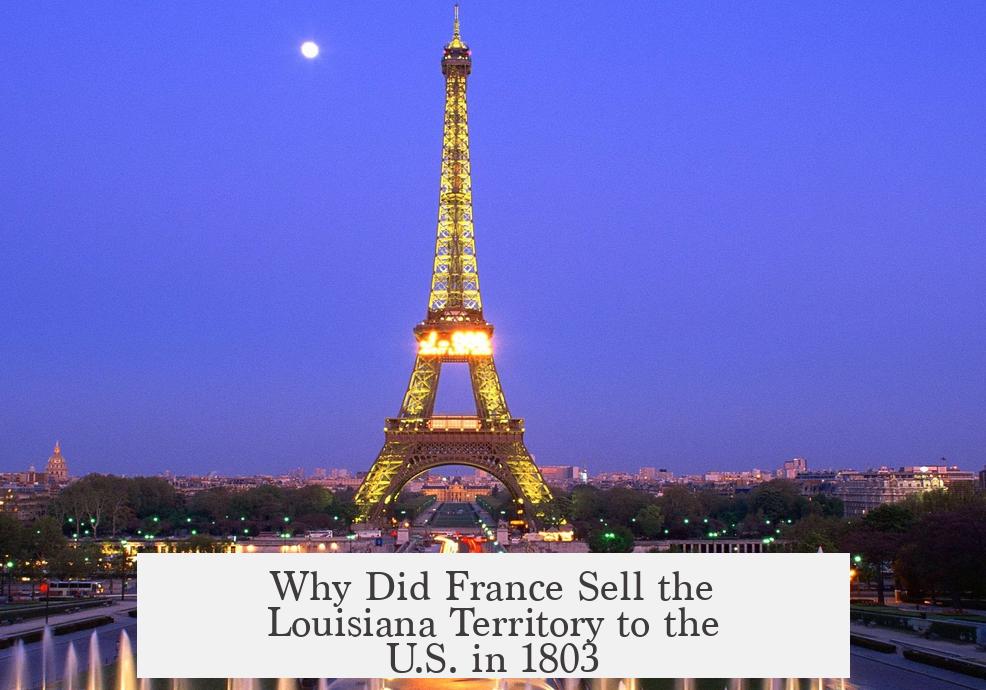
France sold the Louisiana Territory to the United States in 1803 because Napoleon faced huge challenges defending it, needed funds for his European wars, and lost the key Caribbean colony of Haiti that made the territory valuable. This strategic decision reshaped North America and gave birth to the modern U.S. as a continental power.
Let’s unpack why Napoleon Bonaparte, the ambitious ruler of France, decided to part ways with such a vast swath of land instead of holding on to it. It wasn’t because France suddenly thought water and vast prairies were overrated—it boiled down to survival, finances, and bad luck.
Strategic Considerations and the Defense Nightmare
First off, controlling the Louisiana Territory was a logistical nightmare. Although France had wrestled the land back from Spain, they never truly commanded it with full force. The territory was vast, remote, and hard to govern effectively from Europe. Imagine trying to babysit a wild toddler from thousands of miles away with no internet—pretty impossible.
Things got worse when Napoleon suffered heavy losses in Haiti, a crucial French colony. That tropical island was France’s jewel in the Caribbean and a rich sugar producer. After a brutal slave revolt and outbreaks of yellow fever decimated French troops, maintaining control there became untenable. Without Haiti, Louisiana’s role as a feeder region for colonial wealth fell apart.
Also, the British Navy blocked French reinforcements and supply ships, making any defense of the territory practically impossible. Napoleon feared the British would use that vulnerability to seize the land and expand their own empire. Since Britain was France’s arch-rival, selling the territory to the United States—then a friendly nation uninterested in backing Britain—made sense.
Napoleon was juggling a European land war at the time, and sending troops to North America to defend Louisiana wasn’t a priority. It was like owning a giant backyard you simply don’t have time or energy to mow. Thus, he figured selling the territory was better than losing it for nothing.
The Financial Crunch and Napoleonic Wars
Money talks, and Napoleon needed cash—fast. The Napoleonic Wars ravaged Europe, and flipping Louisiana into U.S. hands brought in quick money. Financing his army, navy, and war machines required vast sums, and holding onto far-flung colonies cost more in defense than they returned in revenue after the loss of Haiti.
Historical records show that selling the Louisiana Territory was a bargain for the U.S., but to France, it was immediate funding for the critical continental battles Napoleon waged against the British and other enemies. Napoleon planned a costly invasion of England, which ultimately never happened, but the war effort required considerable resources anyway.
Essentially, France cut an expensive overseas possession loose to recapitalize on a more vital priority: dominating Europe. It’s a financial tradeoff that made sense given the geopolitical tides. As a result, the U.S. gained this massive land deal for a friendly price, boosting its expansion and strength.
The Haitian Revolution’s Ripple Effect
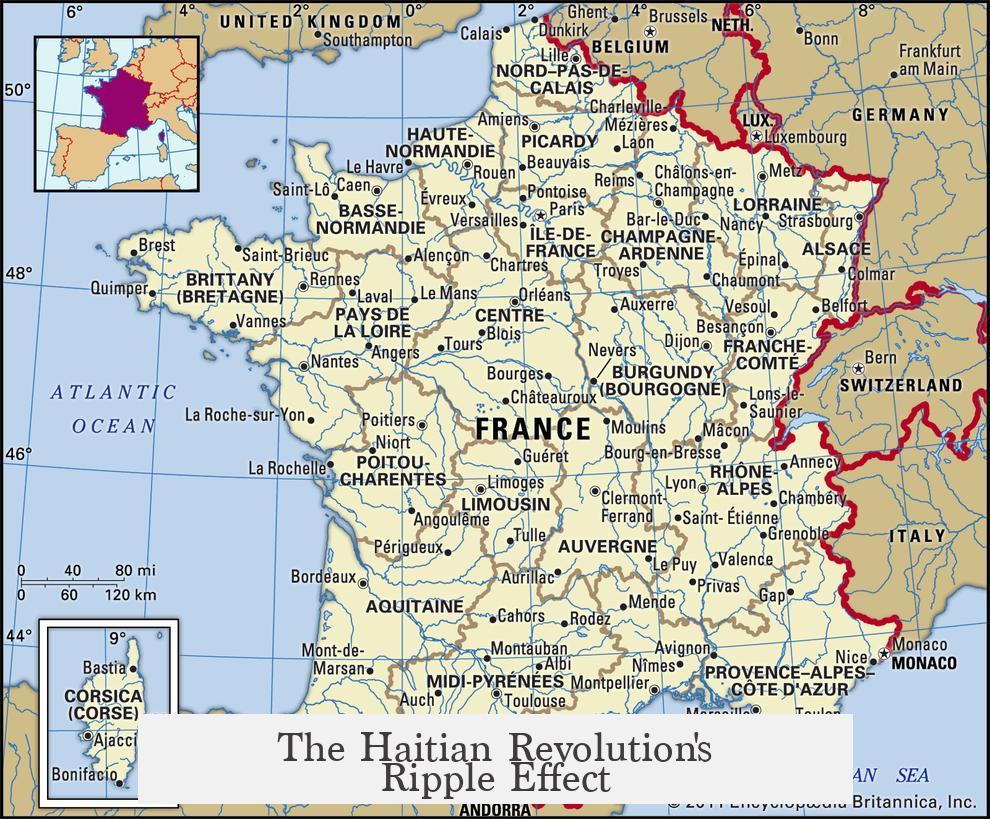
You might wonder why Haiti mattered so much to Louisiana. Haiti was the linchpin to French ambitions in the Americas because it was the source of immense wealth through sugar plantations worked by enslaved Africans. When a slave uprising succeeded in Saint-Domingue (modern-day Haiti), France lost a prosperous and strategic colony.
Napoleon could no longer use Louisiana to supply the Caribbean plantation economy. Without Haiti, Louisiana lost its primary economic purpose. This drastically lowered the territory’s value to France. The loss also weakened France’s ability to maintain a foothold in the Americas without that supporting colony.
Adding insult to injury, yellow fever outbreaks affected troops and inhabitants in Haiti and New Orleans, further discouraging long-term French settlement and military presence. The territory’s economic and strategic value did not justify the enormous expense and risk of holding on.
What Does This Mean for the U.S.?
When France sold the Louisiana Territory to the U.S., it doubled the size of the young nation overnight. The deal, known as the Louisiana Purchase, provided the land needed for westward expansion, agriculture, and trade. Without this sale, the U.S. might have remained confined to the east coast for much longer.
Napoleon’s tough decision cleared the way for America to grow, while France stayed focused on European ambitions. The transaction also avoided potential conflict over the territory between the U.S., Britain, and France. A win-win, if terms and timing fit the bill.
Final Thoughts: The Sale Was More Than Just a Land Deal
France’s sale of the Louisiana Territory was a calculated move shaped by global strategy, financial needs, and the harsh realities of colonial rule during revolution and war. Napoleon’s priorities lay primarily in Europe, and he recognized that holding the territory was a liability he couldn’t afford. Selling to the U.S. helped fund his campaigns and kept the land out of British hands.
So next time you stroll through the vast Midwest or enjoy a zesty Cajun gumbo, remember the complex chess game behind those borders. The Louisiana Purchase wasn’t just a land deal—it was a lifeline for Napoleon’s European ambitions and a giant leap for the future United States.
Curious how other colonial powers managed their vast territories in turbulent times? Or how diseases like yellow fever rewrote history? There’s always more to explore in these fascinating crossroads of empire, revolution, and expansion.
